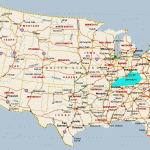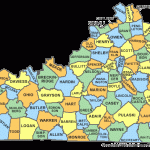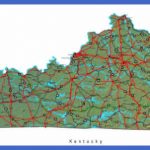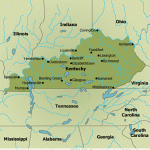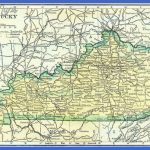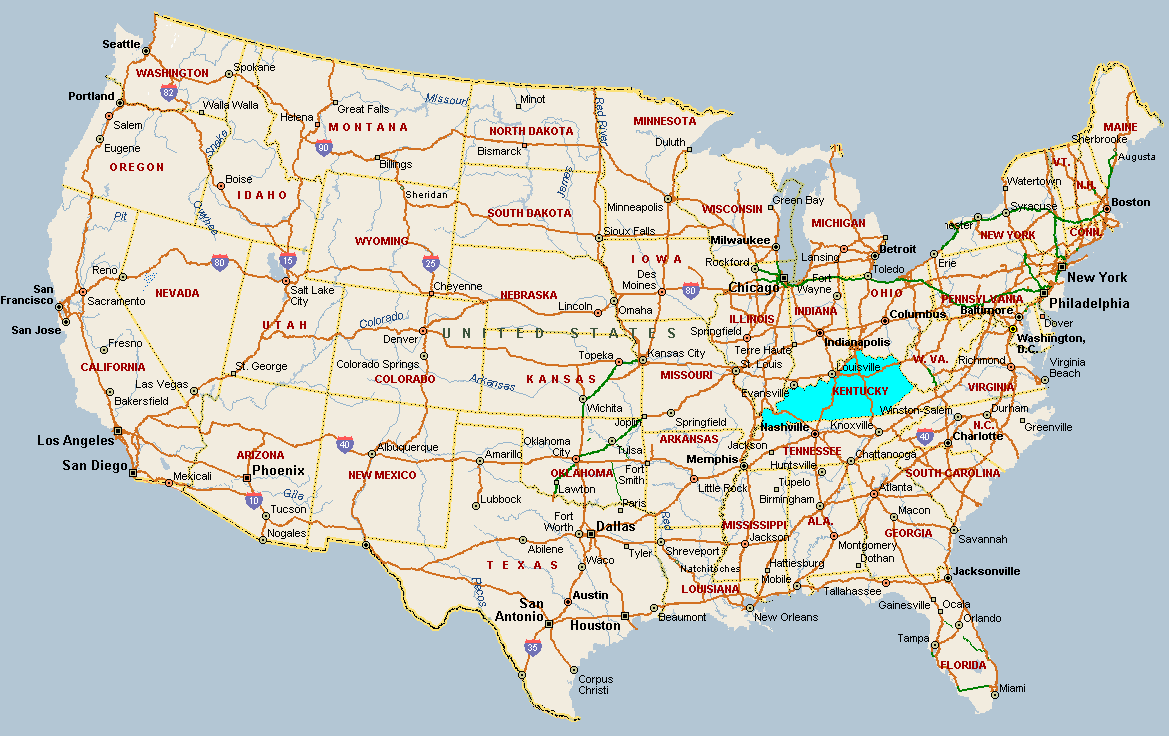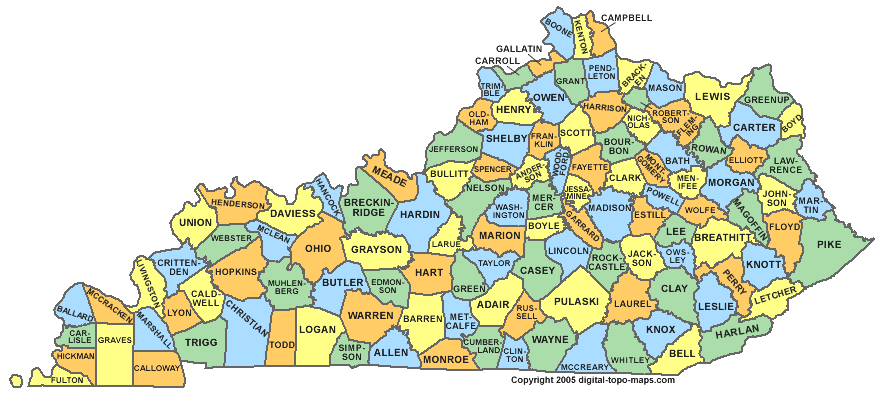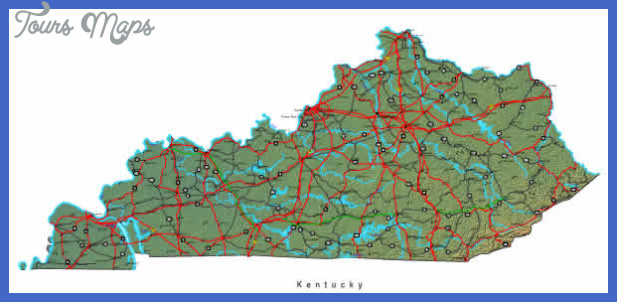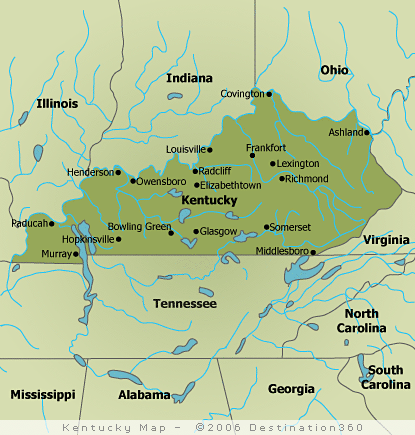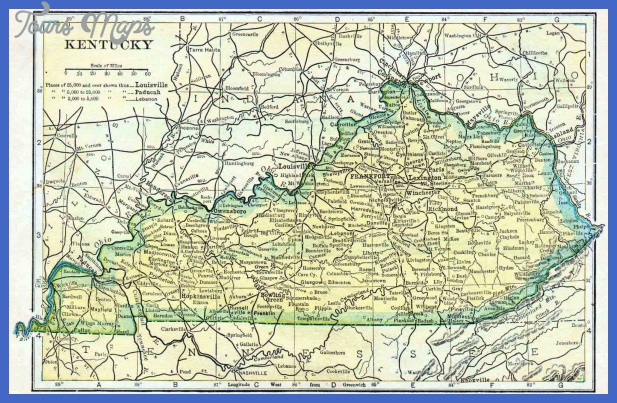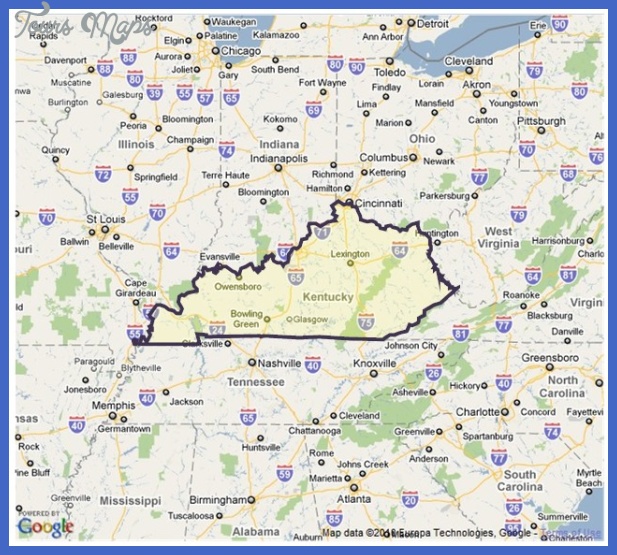CULTURAL CONTRIBUTIONS
As a border state between North and South that stretches from Appalachia to the Mississippi River, Kentucky has long had a complex and multifaceted culture that has been called southern, northern, midwestern, and western and that is probably best seen as a mixture. The arrival of large numbers of Latinos in the 1990s made the issue of culture even more complex. Much changed, most obviously in the arrival of Spanish as a second major media language: by 2007 Kentucky boasted eight Spanish-language newspapers and five Spanish-language radio stations. Mexican restaurants and grocery stores and Latin night clubs also changed the commercial landscape of not only the major cities but the smaller ones as well. Although many Kentuckians continued to see culture in terms of traditional categories such as the black-white racial dichotomy or of a regional perspective that, for instance, contrasted Appalachia with the Bluegrass, Latinos changed the whole equation.
Latino migration revitalized and transformed the Roman Catholic Church in the state. By 2003, 29 Kentucky parishes were offering masses in Spanish, and several urban churches had become predominantly Latino. St. Rita Catholic Church in Louisville, for example, became a center of Mexican-style religious devotion. Festivals in honor of the Day of the Dead and the Virgin of Guadalupe attracted hundreds of worshipers and brought media attention, not just in Louisville and Lexington but in smaller towns across the state. Meanwhile, Latino Protestant churches also sprang up throughout the state, including sixty Baptist, seven Assemblies of God, and dozens of independent Pentecostal congregations.
As in many parts of the country, Latinos in Louisville, Lexington, Shelbyville, and several other cities created soccer leagues that have become de facto Latino social networks. Less traditionally, the Las Americas baseball league of Lexington, started by Puerto Rican Omar Quintero in 1998, was the only adult hardball league in the city and therefore served non-Latinos who could not play the game anywhere else. Non-Latinos also responded enthusiastically to the annual Festival Latino de Lexington, which was attracting several thousand people by 2006.
Dance is the art most influenced by Latinos in Kentucky. In the 1990s, a number of Cuban migrants and Cuban Americans joined the Lexington Ballet, which closed in 1998 due to financial problems. Two of the Cuban dancers, Norbe Risco and Rafaela Cento Munoz, formed a new company, the Kentucky Ballet Theatre, which featured four Cubans in leading roles. Dancer Orlando Viamontes extended the company’s community impact by giving free salsa lessons at the public library in 2006. Mexicans also have contributed to dance in the state. Adalhi Aranda Corn founded and directed the Bluegrass Youth Ballet and choreographed a special Day of the Dead show in 2006. The Arcoiris dance group of Louisville performed its Mexican Ballet Folclorico piece 33 times in various locations around Kentucky and Indiana in 2006.
Churchill Downs, home of the state’s most important sporting event, the Kentucky Derby, stands as an epitome of the profound cultural changes that Latinos have brought to Kentucky. Although the traditions of mint juleps and derby bonnets still prevail in the stands, behind the scenes is the track’s backside. There, hundreds of Latinos work and live; Spanish is the most common language; Mexican music wafts through the dormitories; worship services are held in Spanish; and so many are interested in soccer that there are entire leagues for track employees. In other words, at the heart of a Kentucky institution, perhaps the Kentucky institution, Latinos and Latino culture are increasingly evident and important.
notes
1. Harrison and Klotter, 1997, 437.
2. Kentucky Legislative Research Commission, Immigration in Kentucky: A Preliminary Description, Research report No. 305 (Frankfort: Kentucky State Government, 2002), cited in Brian L. Rich and Marta Miranda, The Sociopolitical Dynamics of Mexican Immigration in Lexington, Kentucky, 1997-2002: An Ambivalent Community Responds, in New Destinations: Mexican Immigration in the United States, eds. Victor Zuniga and Ruben Hernandez-Leon, (New York: Russell Sage Foundation, 2005), 214.
3. Ky. College Reaches Out to Hispanic Students, Community College Week, May 24, 2004; Erin Howard, personal communication, March 23, 2007.
4. Pew Hispanic Center, A Statistical Portrait of Hispanics at Mid-Decade, Table 10, Hispanic Population by State: 2000 and 2005, September 18, 2006, http://pewhispanic. org/reports/middecade/; U.S. Census Bureau, Kentucky QuickFacts, January 12, 2007; http://quickfacts.census.gov/qfd/states/21000.html.
5. The Pew Hispanic Center estimated only 20,000 to 30,000 undocumented Hispanics in Kentucky in 2005 in Jeffrey Passel, Estimates of the Size and Characteristics of the Undocumented Population, March 21, 2005, http://pewhispanic.org/files/reports/44.pdf, but other experts put the numbers much higher: Peter Laufer, My New Kentucky Home, Washington Monthly 37, nos. 1-2 (January-February 2005): 26.
6. Steve Lannen and Todd Van Campen, Thousands Rally Downtown: Protest Asserts
Immigrant Rights, Opposes House Bill, Lexington Herald-Leader, April 11, 2006.
7. Peter Smith, Faith Matters, Courier-Journal (Louisville), September 7, 2003.
8. Frank Lockwood, My New Kentucky Home: Latino Workers Create a Community
at Churchill, Lexington Herald-Leader, April 30, 2003.
Kentucky Map Photo Gallery
Maybe You Like Them Too
- Explore Pulau Sebang Malaysia with this Detailed Map
- Explore Southgate, Michigan with this detailed map
- Explore Les Accates, France with this Detailed Map
- Explore Góra Kalwaria, Poland with this detailed map
- Explore Gumdag, Turkmenistan with this detailed map

